'My dog goes crazy when he sees someone with a ball launcher. How do I make him stop?': Expert trainer Ben Randall explains what to do
Taking on a dog with ingrained bad habits can be a headache. Ben Randall explains how to retrain them to keep calm.


While adopting a rescue dog is a wonderful thing to do, it can bring with it a number of problems to solve. Sometimes it can be just a little thing from their previous life which sets them off on a bout of unwanted behaviour — and that's what has happened to this week's reader, who emailed me via paws-for-thought@futurenet.com.
Dear Ben, My rescue labrador is 3 years old old, though I have only had her for six weeks — she has had 2 previous owners. I am guessing that they have just used a ball thrower for her exercise most of the time — and now it's causing me problems. If we are out and about and she sees someone with one, she goes crazy, running over and jumping up at them which is not acceptable. Is it possible to retrain this out of her? It would make for a much better experience for both of us. MC, via email
First off, many thanks for getting in touch — and congratulations on getting a new pet. It's great to see that you're getting to grips with an issue so quickly, because it's easy to let these things slide.
I've got huge sympathy for you here. Ball throwers are not something that I like, and I really don't recommend them because 99% of the time, to my way of thinking, they're used in the wrong way. Especially with young dogs, they can encourage exactly the sort of spinning, twisting and barking you've experienced, something which can put undue pressure on their hips and other joints.
And as you've found out, they can also makes dogs too highly strung and overexcitable. They can get so excited they're almost frantic the moment they see a ball thrower. On top of that, I see it as lazy training: you’re teaching your dog to be a coiled spring, not using all their dogs senses and abilities.
But the good news here is all is not lost – your dog is a natural born retriever, and that’s something we can work with. I've specialised in training working breeds of dogs for decades, and retrieving is a key part of that. Here's what to do.
1. Re-establish the basics by going back to the start
If this was a dog I'd just adopted, or one that had come to me for training, I would want a clean slate, and to re-establish all the foundation training. Go through my articles on teaching your dog patience, how to get your dog to sit, the leave command, and walking to heel — and make sure you go through this process in confined, low-distraction areas. I’d do this training reboot for at least a month until I had much better control and connection with the dog.
That means no more walks, at least for now. We can of course go back to these, but for the next month your dog is learning the foundation commands for life in and around the home and garden. If you end up in a place where you see another dog walker using ball launchers, you’ll compound the issues you’re talking about and go right back to the start.
Exquisite houses, the beauty of Nature, and how to get the most from your life, straight to your inbox.
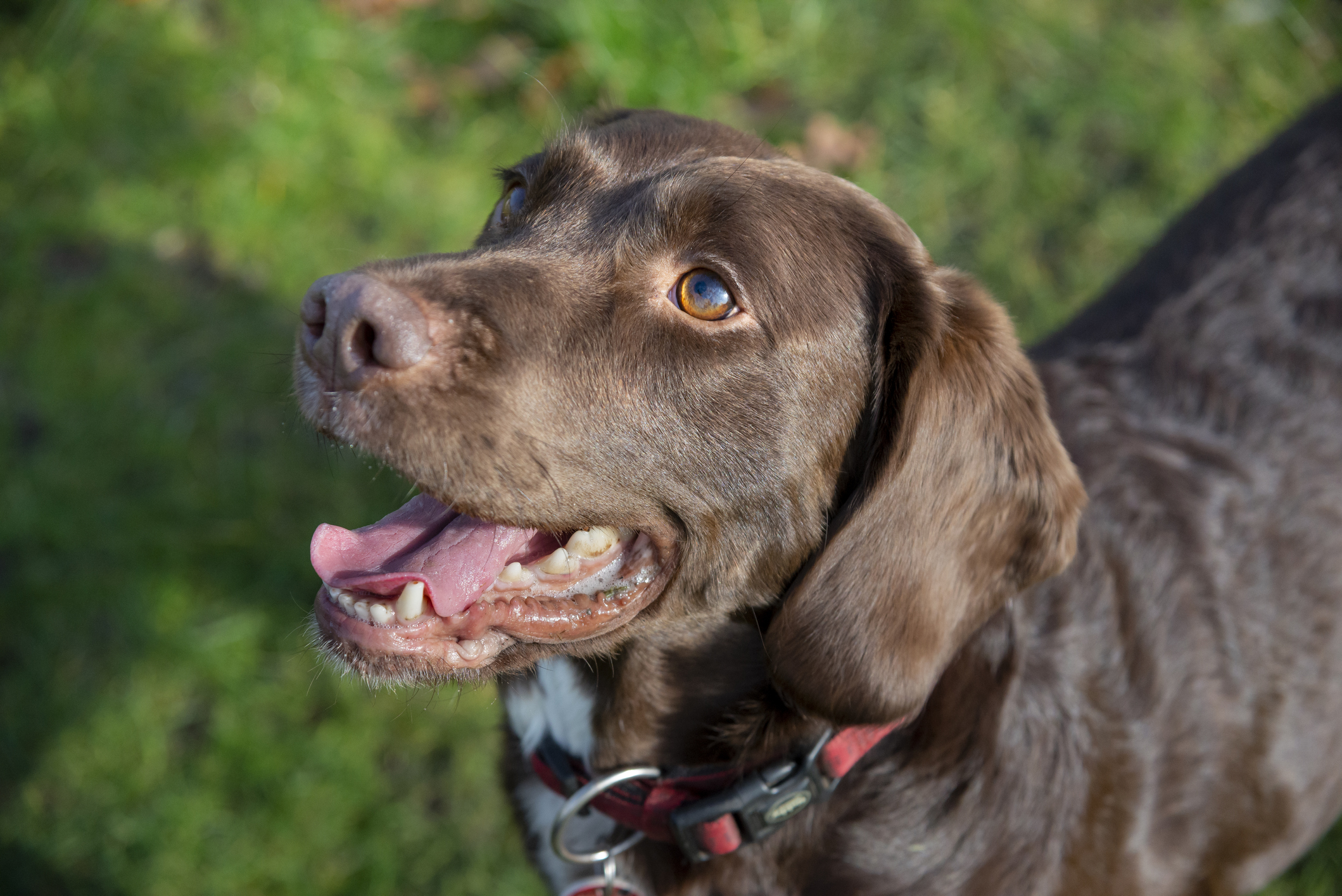
2. Play the memory retrieve game with your dog
People often think of playing with their dog as a case of getting them to run and chase things then bring them back, but that's only one element. I'd like you to concentrate on a totally different thing: a memory retrieve.
Start off with your dog walking on the lead nicely – something that's part of the basics of training, as mentioned above. Then, as you're walking along, ask him to sit while still on the lead, and drop a ball at your feet. Give the heel command, and calmly walk the dog away.
Get a good distance further along – ideally 10m or so – then turn around, face the ball, ask the dog to sit once more, calmly remove the lead, and pause for a good five seconds.
Then, finally, point at the ball and say ‘fetch’. I know that your dog potentially doesn’t yet know the 'fetch' command, but he'll pick it up in no time, learning to go and get the ball. Once he's picked the ball up, use the recall command — I use an Acme dog whistle for this, giving three or four sharp ‘pips’ on the whistle — and he'll scurry on back.
When he returns, take the ball, give him plenty of praise and put him on the lead again. Repeat this exercise a few more times, and as you get more used to it, you can increase the distance. You'll be amazed at his ability to play this game: once your dog gets really good at it you’ll be able to extend the range up to hundreds of metres.
3. Put your training into practice
So let me set the scenario: you’ll arrive in a park or field with other dogs or distractions all around. You calmly drop the ball, say ‘leave’ and heel away from it.
You get, say, 100m away, then turn around and send your dog off to retrieve the ball. Those other distractions will melt away: you'll see how the dog will be so focused on the ball that he'll ignore everything else, and will be desperate to run and get it as quickly as possible, return, then have another go.
This memory retrieve truly engages his senses and his wits as well as his athletic ability, because the dog has to remember where you left the ball. His memory will be improved, but also his heelwork as he’ll be watching you intently, wondering if and when the game is going to start. As you can see, he'll be focused on you, calming him down completely — and the frantic chasing and barking of exercise with a ball launcher will be long forgotten.
Don’t rush it: make sure that you have the training set in stone at home or some other quiet, calm space. But once you do, this really does work, so much so that I'm more than happy for any of my trained dogs to run in among any distractions – whether it's people, birds, livestock or anything else — and knowing that they’ll be focused on the ball only.
Ben Randall’s book, ‘How to Train Your Gundog’, is out now. You can order it here at £40.
For more detailed advice about Ben Randall’s positive, reward-based and proven BG training methods, one-to-one training sessions, residential training or five-star dog-boarding at his BGHQ in Herefordshire, telephone 01531 670960 or visit www.ledburylodgekennels.co.uk. For a free seven-day trial of the Gundog app, which costs £24.99 a month or £249.99 a year, visit www.gundog.app/trial
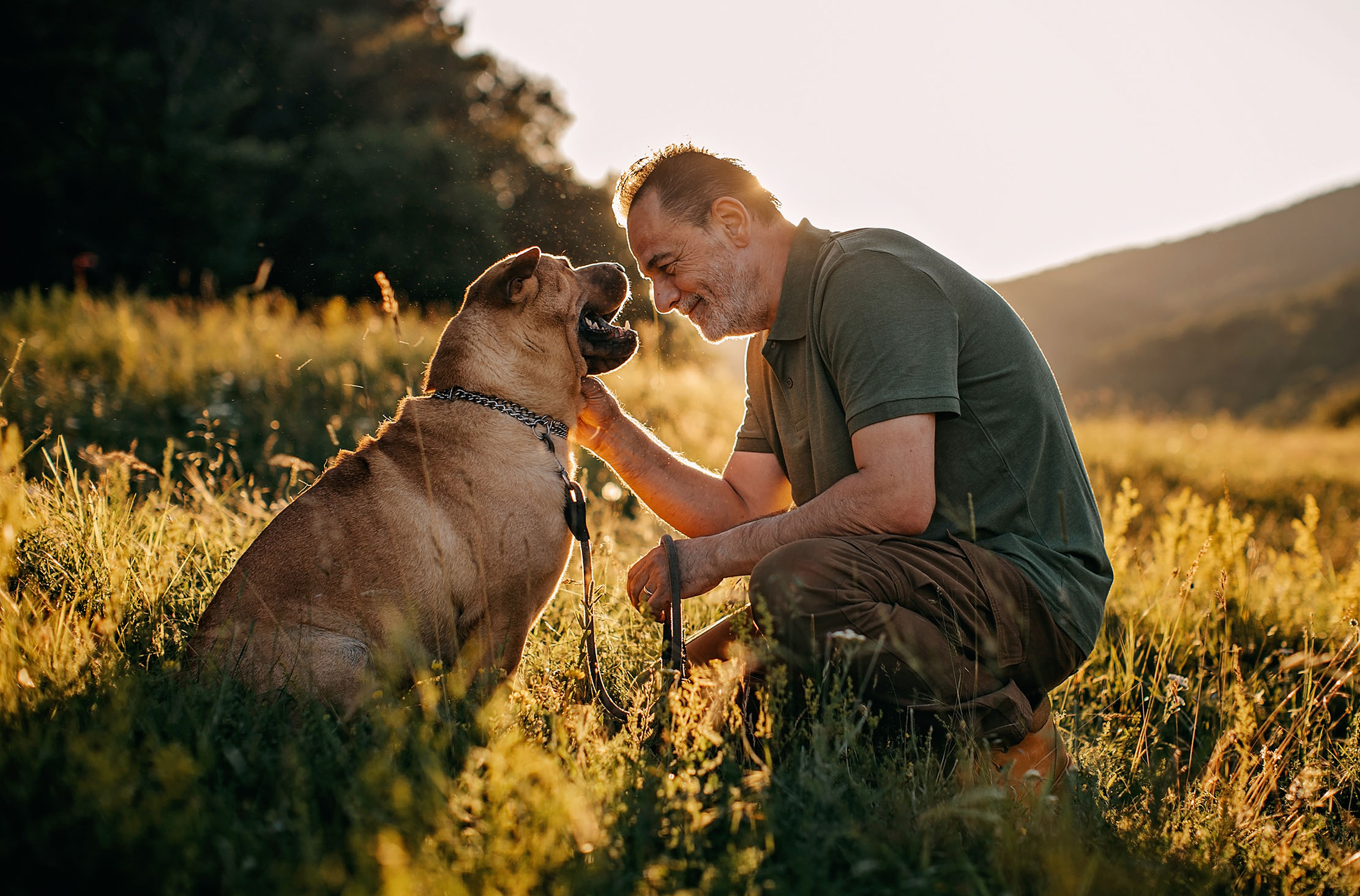
Credit: Getty
How to 'reboot' an older dog whose training has fallen by the wayside, by expert trainer Ben Randall
The saying 'you can't teach an old dog new tricks' simply isn't true, explains Ben Randall.
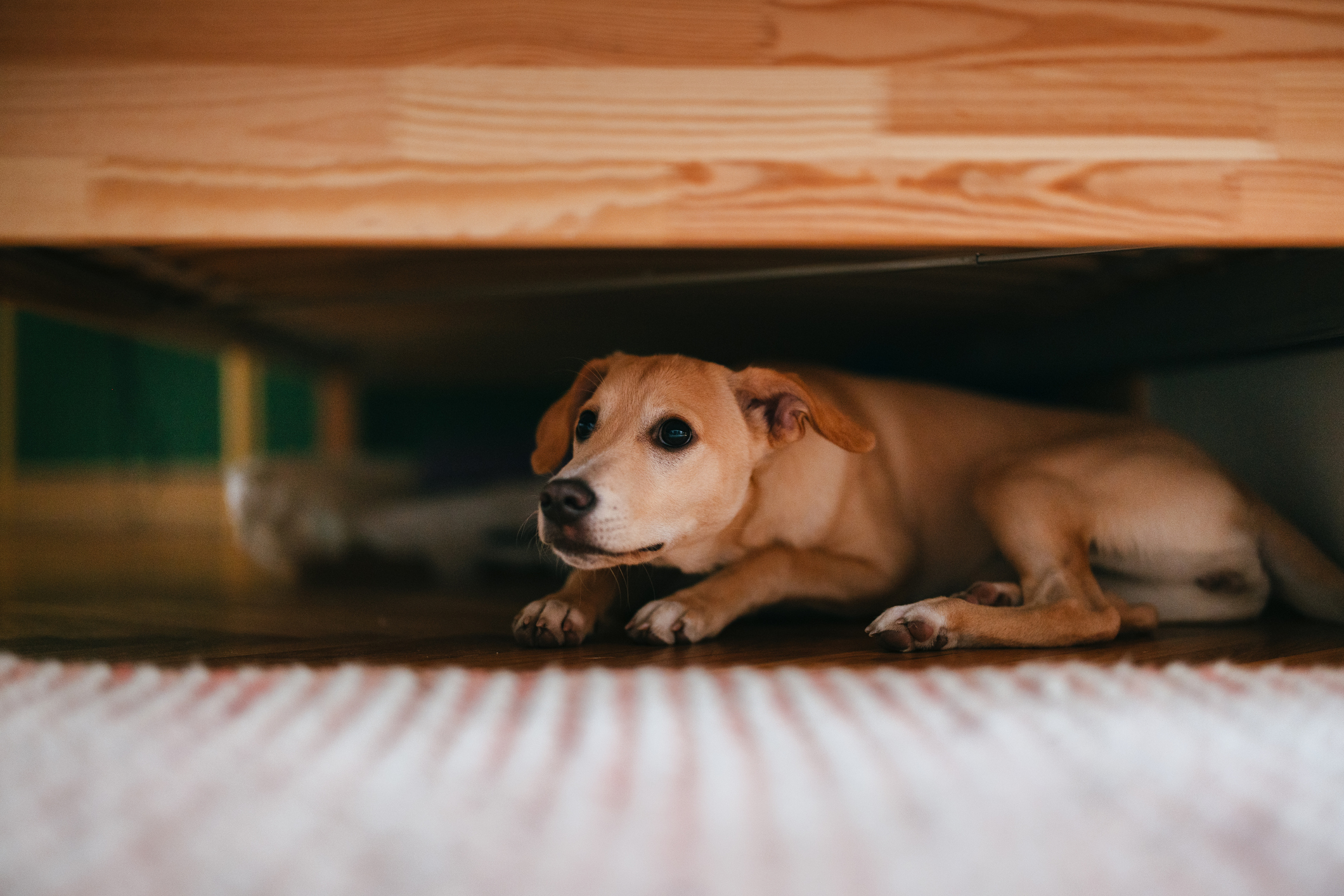
Credit: Getty
'My dog is scared of loud noises — and now a building site has appeared next door. What can I do?'
Award-winning dog trainer Ben Randall explains how to help your dog get used to loud noises.
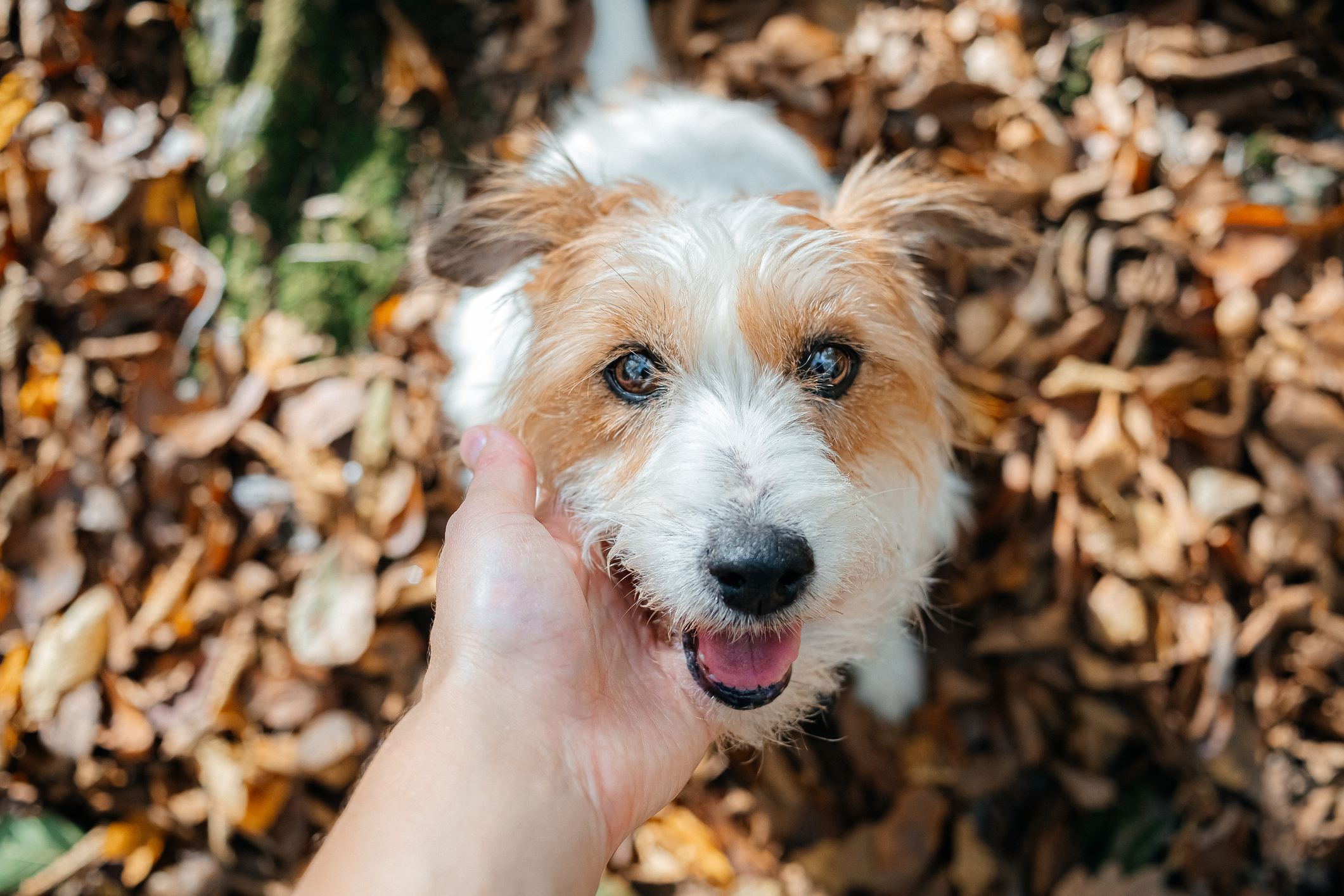
Credit: Getty
How a dog taught me an unbeatable technique for calming down a misbehaving dog, by A-list trainer Ben Randall
Ben Randall explains his simple technique for calming down an overexcited or nervous dog who has stopped responding to your
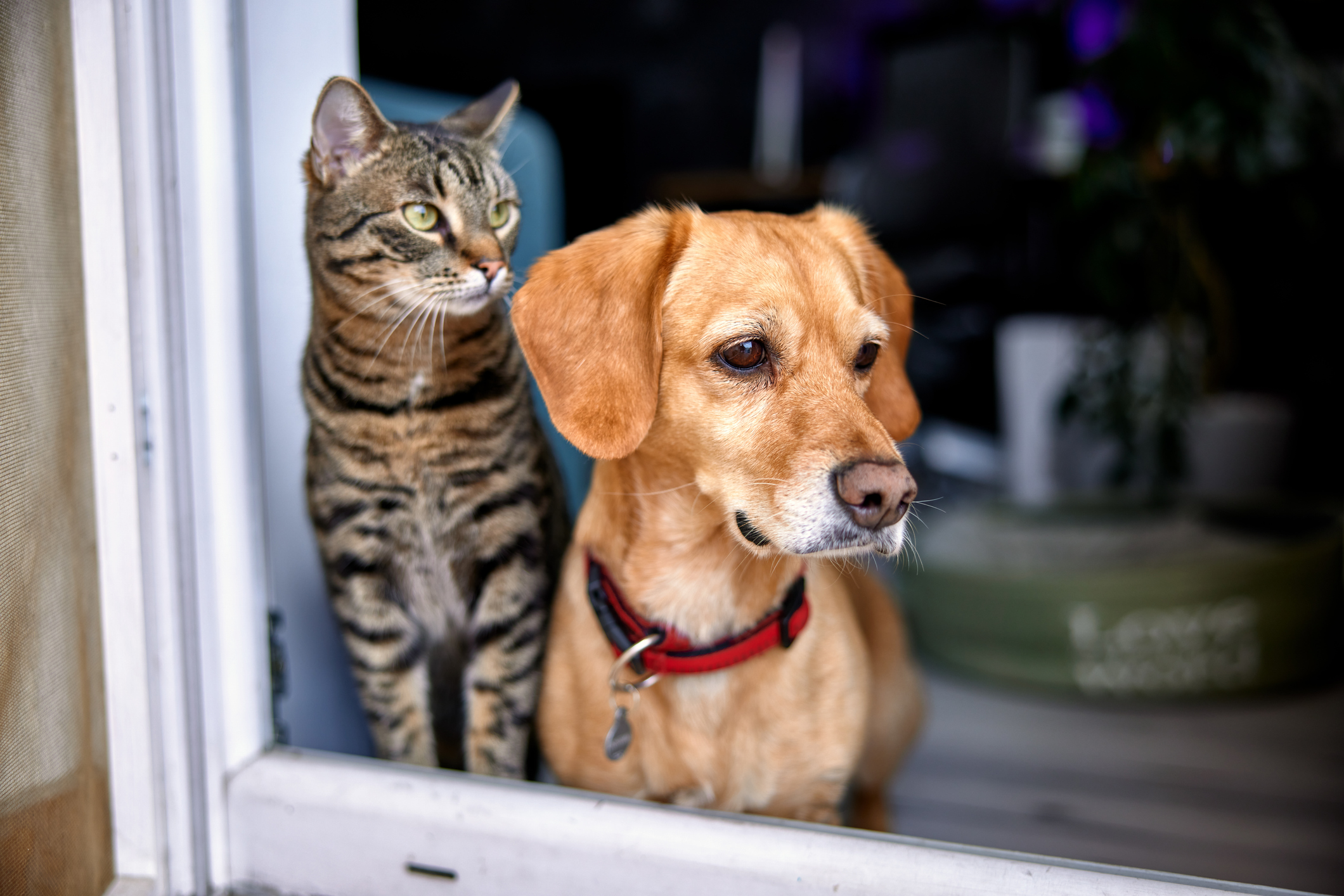
How to stop your dog from chasing and barking at cats, by expert trainer Ben Randall
The conflict between cats and dogs seems to be as old as time, but it really doesn't have to be

Credit: Getty
How to stop a puppy waking up at 5am, by award-winning dog trainer Ben Randall
What to do when your four-legged friend becomes a four-legged alarm clock.
